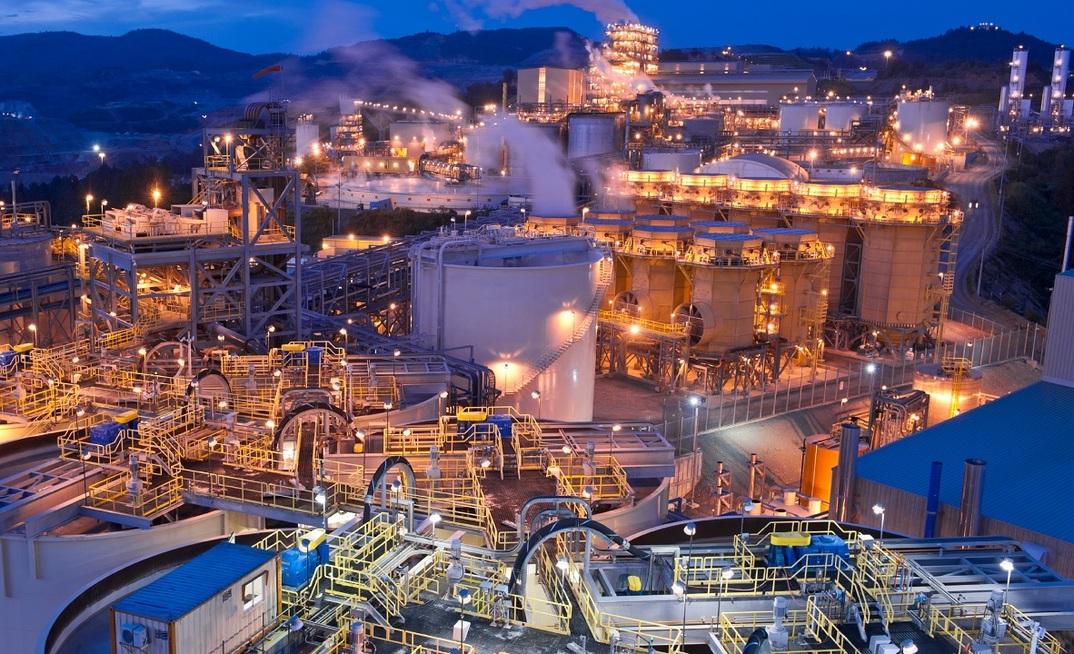Barrick had previously warned that without the TSF, production would end at the mine in 2030.
The expansion project is designed to extend the tier-one mine's life beyond 2040 and support production of more than 800,000 ounces of gold per year, Barrick said.
The mine, 100km northwest of Santo Domingo, is operated by Pueble Viejo Dominicana Jersey 2 Ltd - a 60/40 joint venture between Barrick and Newmont.
In 2021, Barrick reported attributable production of 488,000oz/y Au, and guides for production this year of 400,000-440,000oz Au.
Barrick president and chief executive Mark Bristow said that the final location and construction of the facility will be subject to the completion of an Environmental and Social Impact Assessment.
Once completed, the ESIA will be submitted to the government for evaluation and final decision, he said.
"The ESIA will identify and implement mechanisms to mitigate potential environmental impacts as well as initiatives to improve the livelihoods of the communities," the company said.
"Barrick is committed to following international standards and will adhere to the Global Industry Standard on Tailings Management in terms of design, construction, operation, and closure of the tailings facility," it added.
Barrick said that in 2021, the mine paid US$527 million in direct and indirect taxes, bringing total tax payments since 2013 to more than $3 billion.
The senior gold producer has seen a surge in its share price this year and has enjoyed strong prices for the commodity.
On April 10, the company's share price on the Toronto Stock Exchange was quoted as C$31.94 (US$25.36), which was up 2% day-on- day. The stock began the year at C$24.05/share.
Barrick had a market capitalisation of C$56.83 billion.


























